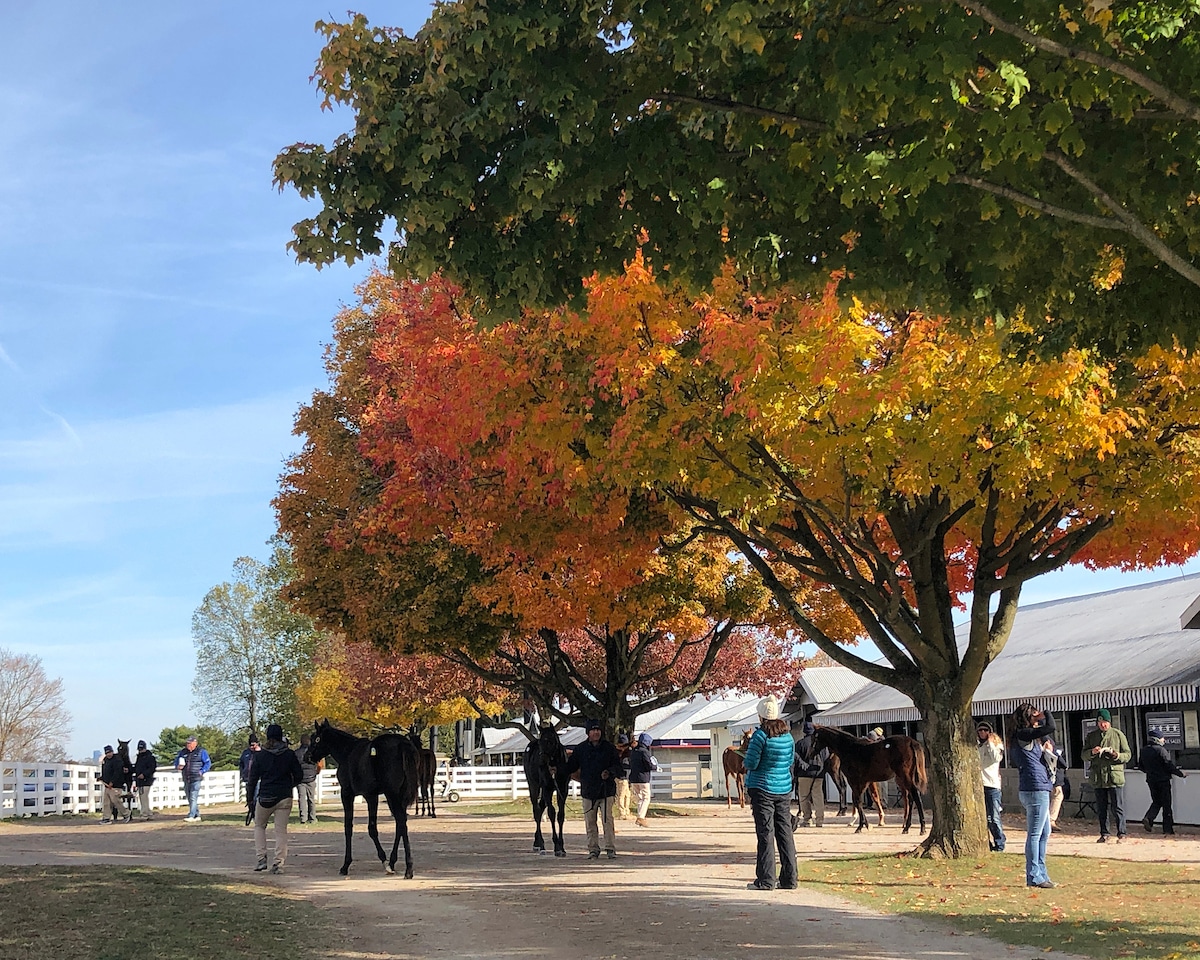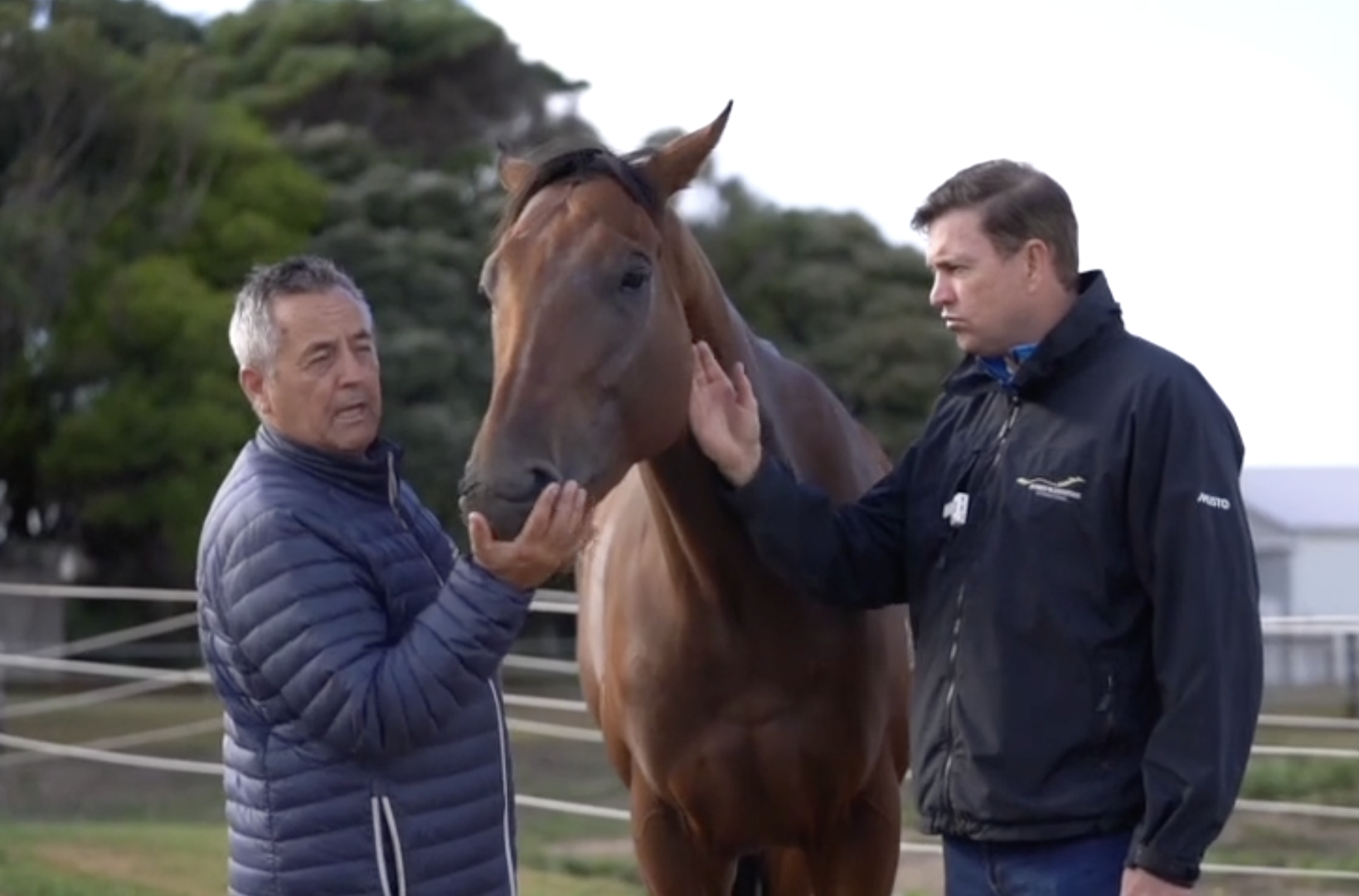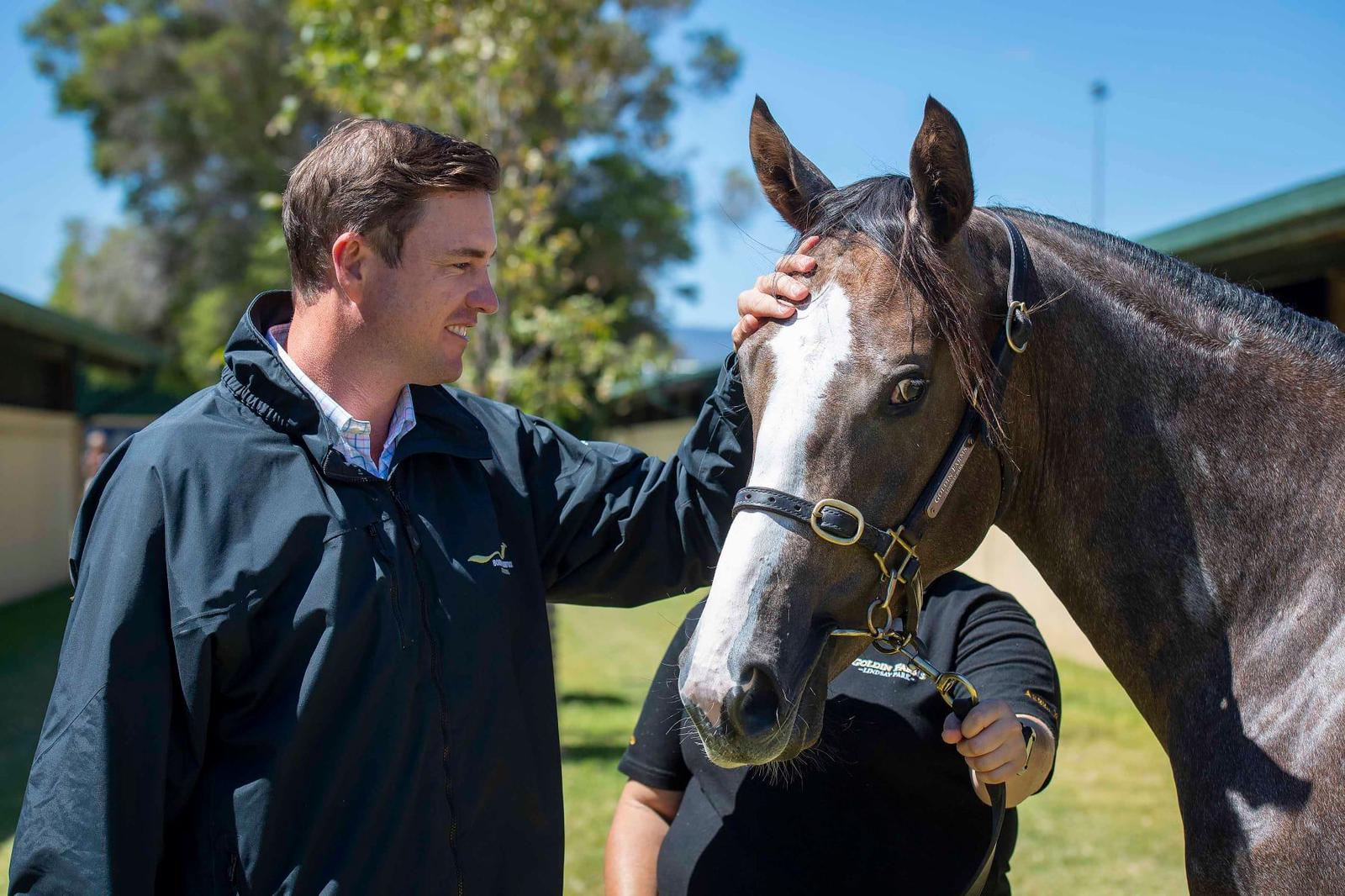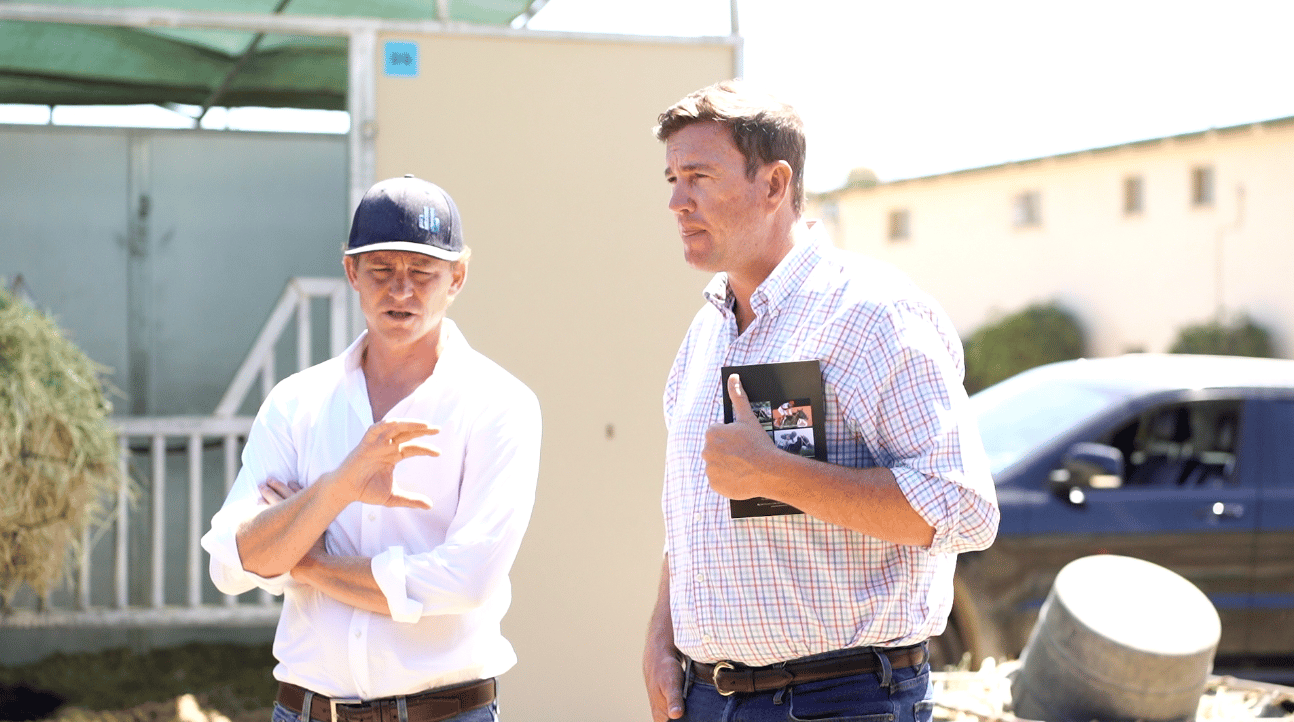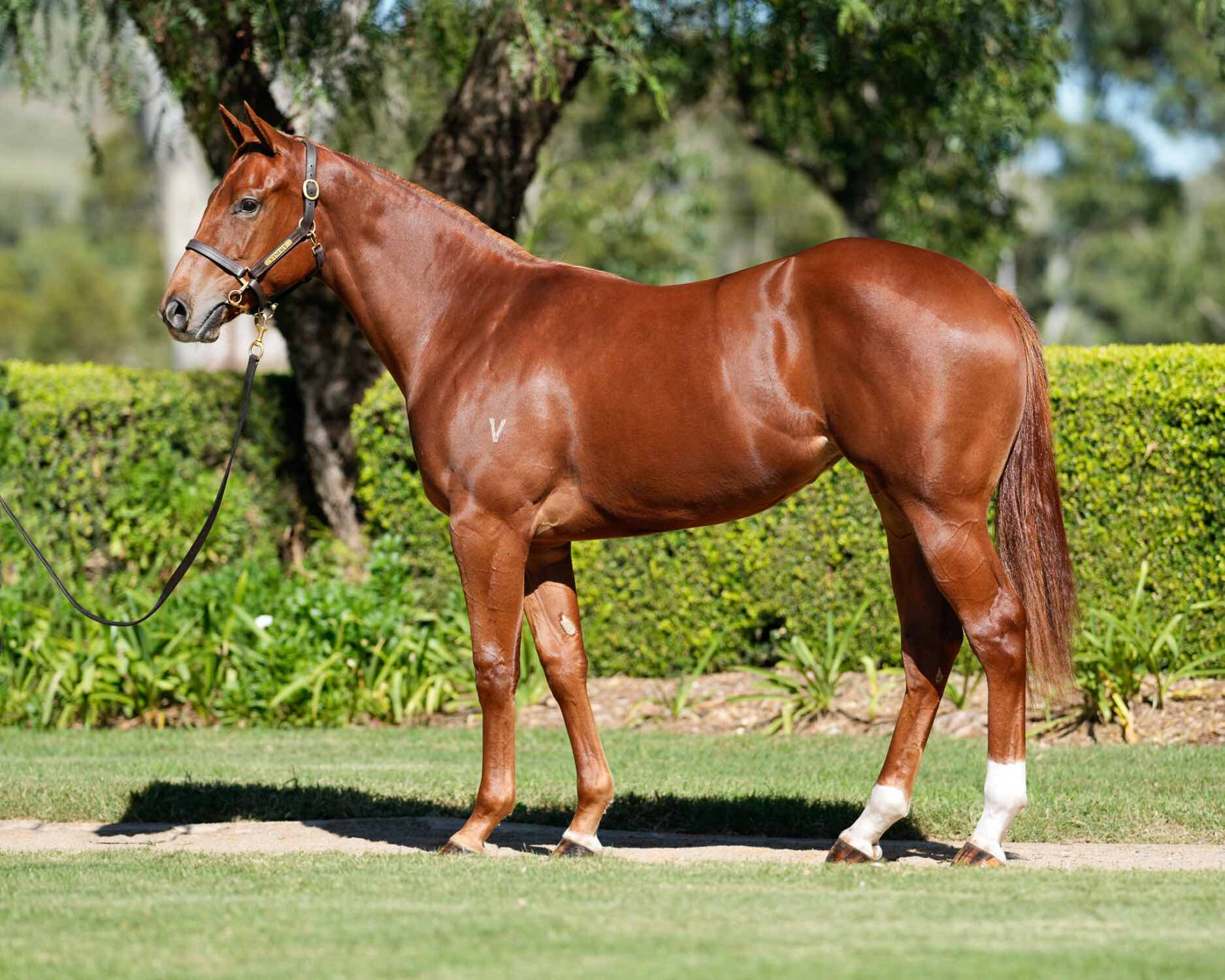There are many things I take into consideration when buying a broodmare and I often spend months doing research before making a purchase.
The perfect mare for me looks something like this:
-
16.1 hands with a nice, deep shoulder and girth
-
Plenty of room in the chest, good bone, nice big feet and a nice head
-
Quality about her that she’ll put into her foals
This mare will be the engine and the factory so plenty of room is a must. A powerful hindquarter is important on a yearling at the sales, so the mare must have a big hindquarter that you’ll feel confident she’ll pass on to her progeny.
I like a mare that moves well and has a good stride in the walk. I think the walk is something that’s inherently passed on through their progeny so physically that’s what I’m looking for. A great walk is also a huge asset in the yearling sale ring.
The sires on a mare’s page are extremely important. I like to see the mare and dams on her page by proven sires and it’s a massive bonus if they showed precocity and a bit of freaky ability, even if it was only for one race.
Depending on my budget, performance will play a bigger part than pedigree. If I have a small budget and can only choose one, I’d rather buy a mare with a good race record and not a lot of pedigree rather than the other way around.
The research that goes into a broodmare sale is probably more in depth than any sale I work throughout the year because there’s so much information that’s not on the page.
I’ve seen the progeny of a lot of the mares in the book at the weanling and yearling sales, and I can see the types these families are throwing through my database as well as any issues they are known for.
While I have a checklist of what I like to see in a mare, I do have some flexibility on what I’ll buy depending on the budget I’m working with and more importantly what has proven to be successful for the family.
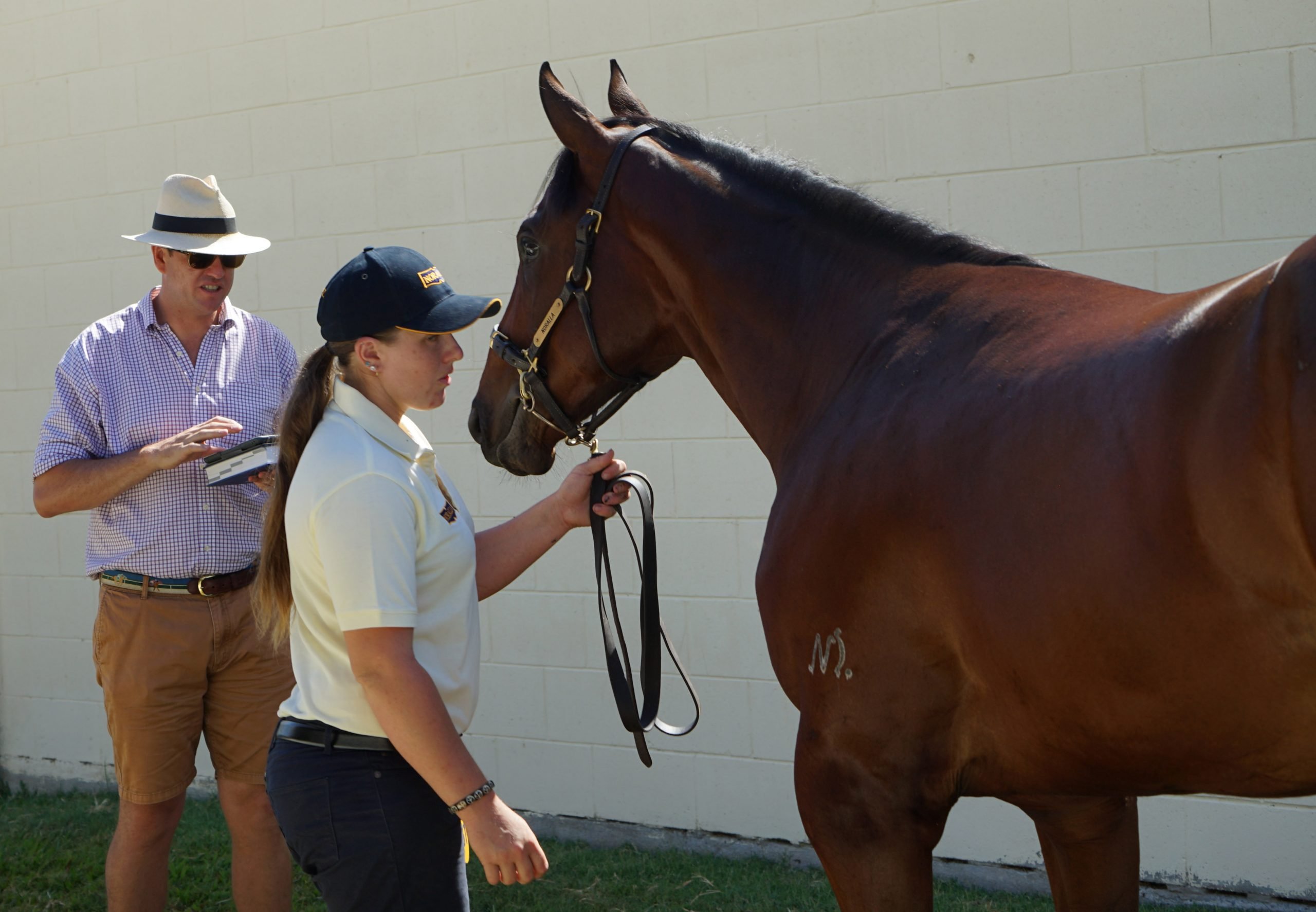
If you look at a few of the standout mares I’ve bought, they have similar traits that fall into these categories.
When I looked at Kitalpha, who I purchased for $82,500 with Daandine Stud, I thought she was a good-sized mare, had all the right angles and was a good mover. She’d only won one race in the bush but physically she was what we were looking for.
She’s by Fusaichi Pegasus who himself was extremely talented, good looking and well-bred. She went back to a big 2-year-old family with multiple Golden Slipper winners and champions. For me, there was potential for her to throw a superstar with the right mating, and she did that with Capitalist.
Sung, who is the dam of standout 2-year-old colt Microphone, was in the same mould. Bought for $70,000 with Plaintree Farm, she is a big, pretty mare who performed well on the track with a top sprinting family behind her as a sister to Group 1 winner Yell.
We thought there was potential and she’d shown she could throw city class horses previously. She was a fast Anabaa mare, so with the right matings we thought she could throw a top-class horse. Everything lined up and Microphone popped out from her first speed mating by Godolphin and she’s got plenty of years to come.
While I can be forgiving of some traits, there are others that will have me cross a mare off my list.
A few of the conformational traits I steer away from are:
-
Small feet, light bone, and plain heads
-
Mares that are small, weak behind and back at the knee
-
Mares that don’t move well, particularly if they have no race record
Depending on who I’m buying for, I may be able to purchase a mare with vices – which comes with a good discount. I have bought some good mares that were windsuckers, so that doesn’t bother me. I think this is only an issue if the mare needs to be boxed and there is a risk of the foal picking it up.
Some clients I buy for are unforgiving of these traits so I need to keep that in mind when buying for them.
To learn more about buying and investing in the industry, check out the ‘buying’ tab on the website.

